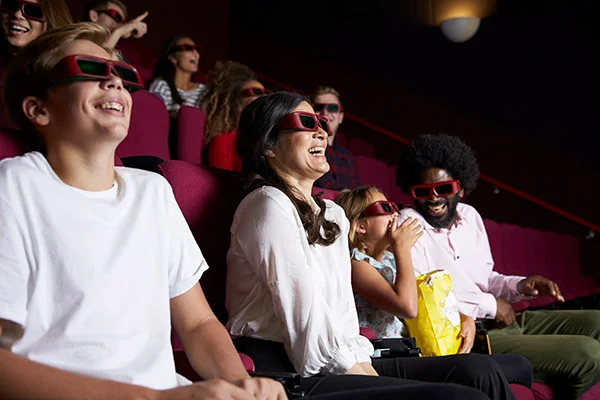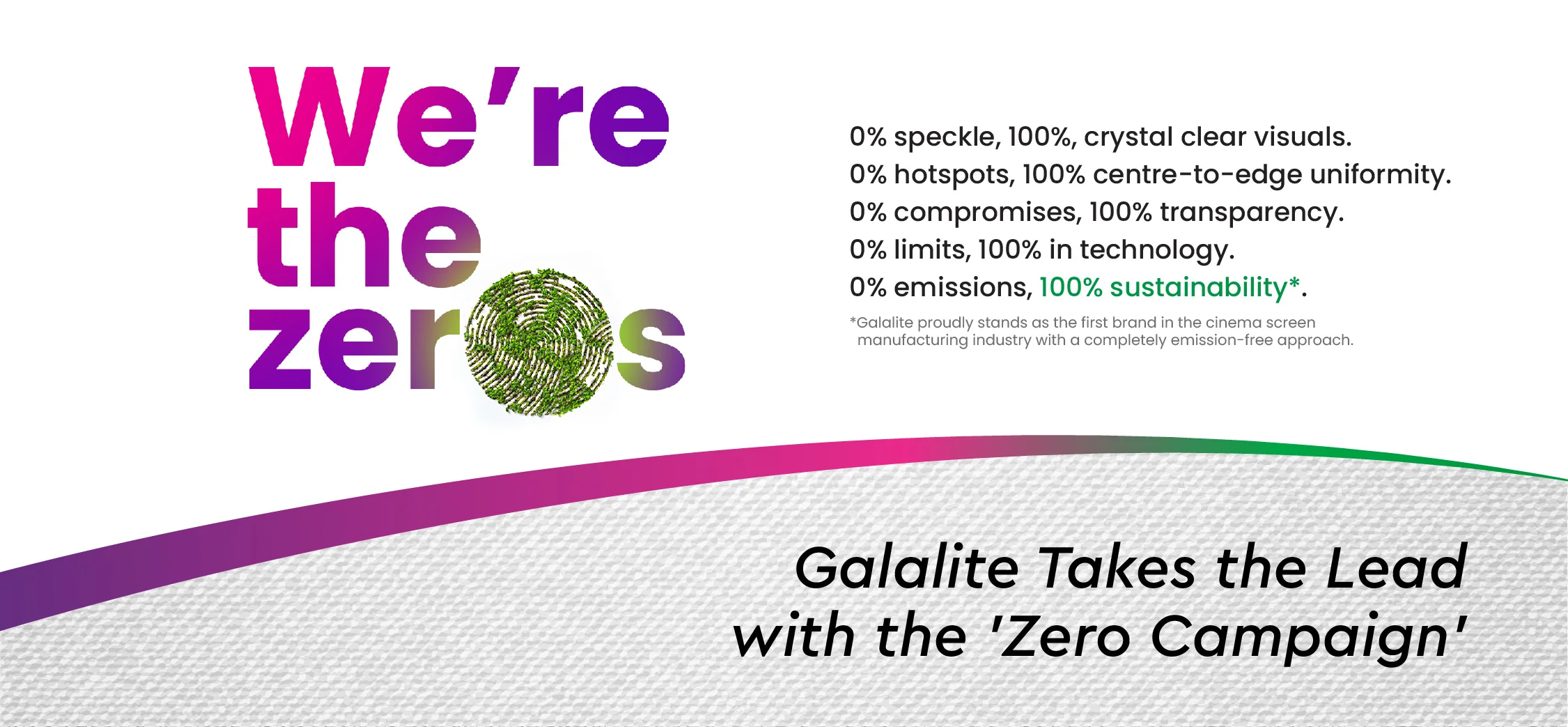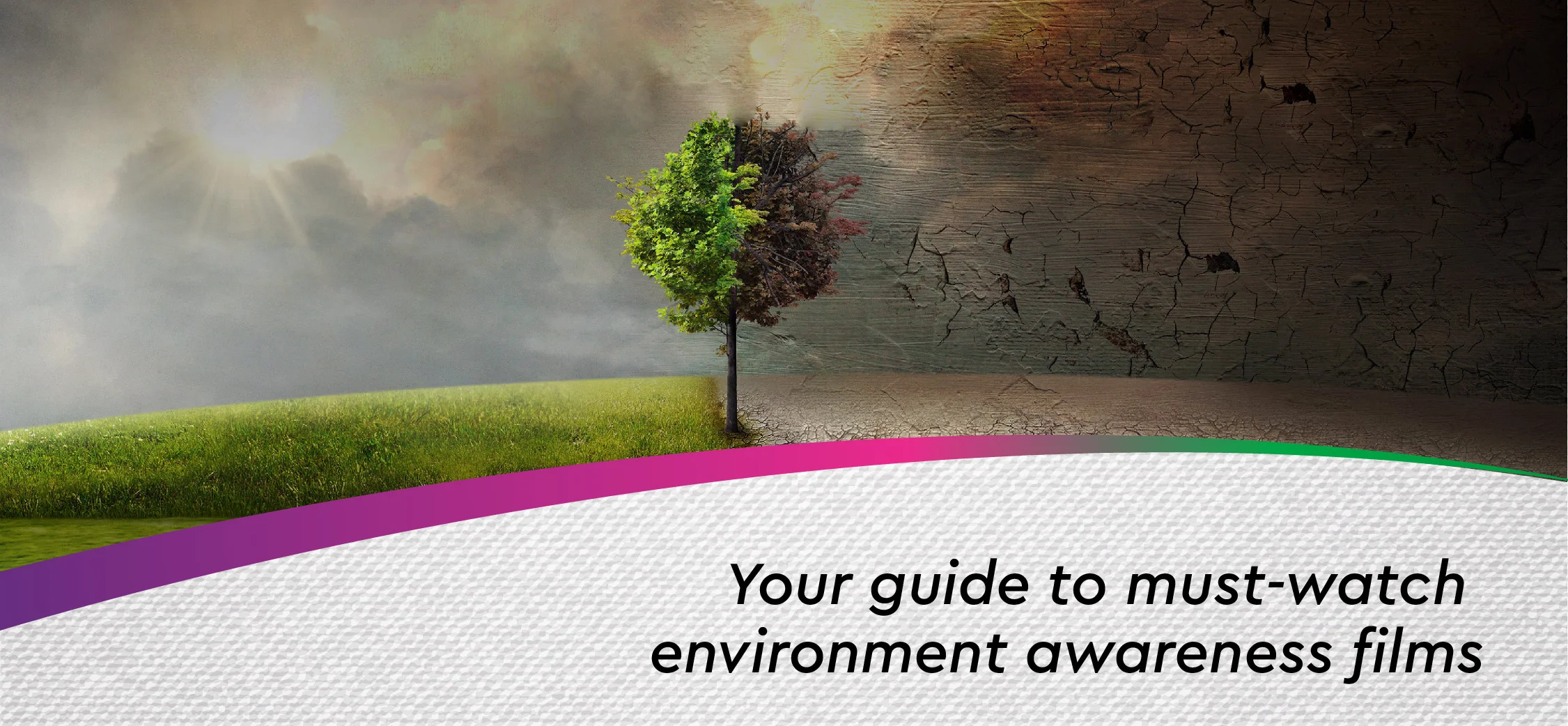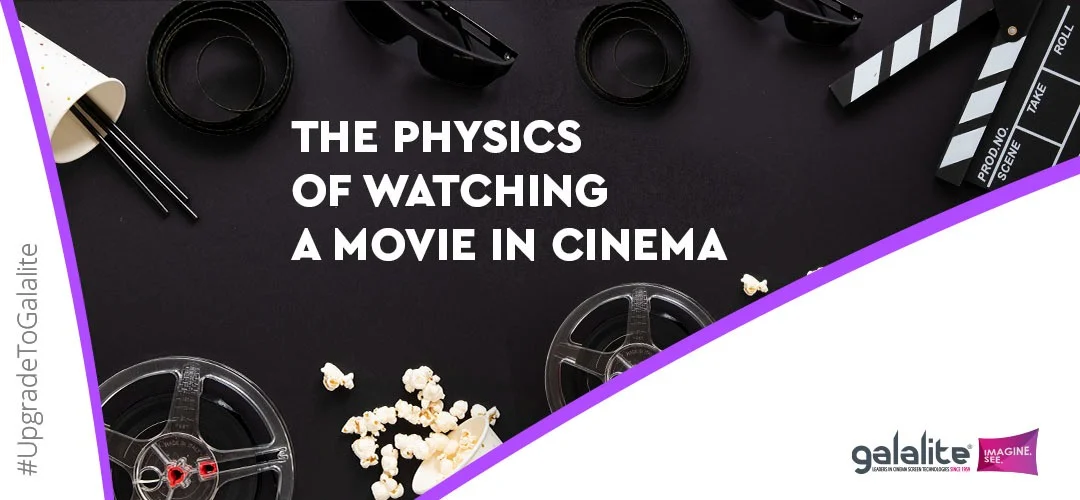
With the popularity of 3-D movies, it’s natural to wonder what, if any, effect the technology has on your eyes. Is 3-D technology healthy for your or your children’s eyes?
Although there are no long-term studies, ophthalmologists say there is no reason to be concerned that 3-D movies, TV or video games will damage the eyes or visual system. Some people complain of headaches or motion sickness when viewing 3-D, which may indicate that the viewer has a problem with focusing or depth perception. Also, the techniques used to create the 3-D effect can confuse or overload the brain, causing some people to discomfort even if they have normal vision.
Dr. Roger Phelps, a VSP network doctor in Ojai, CA and principal of OjaiEyes Optometry, said 3D can impact each person differently. “I really enjoyed watching Avatar in 3D, but some of my patients did express fatigue or had a headache after seeing it,” he said. “Some even said they felt nauseous during the movie.” So what causes these different experiences? “In many cases, these patients had marginal binocular vision.” Their ability to use both eyes together was not ideal. “About 5 percent of the population can’t perceive 3D because they’re monocular, which means they only use one eye to see,” Phelps explained. “Another 25 percent of the population has borderline binocular vision, meaning they can use both eyes to perceive 3D, but it’s difficult.”
Isn’t 3D vision natural?
3D movies present two different images on the screen, separated by a certain distance to enhance the perception of depth. Without 3D glasses—which filter the light and present different images to each eye—the scene on the screen looks blurry and unclear. And if either eye is not in excellent focus, or if the eyes have a tendency to misalign with each other, it may be difficult for that person to comfortably enjoy a 3D film.
You may be asking yourself, “How could a 3D film be bad for your eyes? Don’t we see in 3D every day?” It’s true that we see the world around us in three dimensions, but movies can’t achieve the 3D effect without appropriate methods. 3D films need to be shot with two different cameras that have polarising filters designed to create the 3D effect. This effect is viewable only when the viewer wears the glasses designed to filter the polarization and bring the 3D effect to life. It’s this method of creating 3D images that many suspects cause vision problems.
Why do people believe watching 3D movies is harmful to your vision?
The polarization of 3D glasses filters light to each eye differently. This asks the muscles of each of your eyes to work separately, rather than in coordination with one another. Your eye muscles can begin to feel strained, causing headaches, dizziness, and nausea. These effects are usually temporary and can be averted by looking away from the screen for a few seconds.
So, are 3D films bad for your eyes then?
Actually, no. The headaches and nausea are basically the results of stress from your eyes and brain having to work differently to process images. As far as your eyesight goes, there is no evidence suggesting that 3D movies cause long-term vision problems. If you are more sensitive to headaches from 3D films, medical professionals recommend you take more breaks or don’t watch them frequently. You should also try sitting farther from the screen, so your eyes don’t have to move as much. 3D movies may amplify the symptoms of an already existing condition, especially in children. If your eyestrain is significant and persistent, you might have another vision problem. If you are concerned, schedule an appointment with an eye doctor and treat it.
A Therapeutic Approach
If you have marginal binocular vision, you may feel tired, nauseous, or have a headache after watching a 3D movie. “This could mean your eye muscles have coordination problems.” So what’s a 3D fan with less-than-perfect eye coordination to do?
“Vision therapy—a series of special techniques that help you learn how to better coordinate your eyes—can help.” There are actually some eye doctors who specialize in binocular vision therapy. Some of the techniques used in vision therapy include extended viewing of 3D images. While this can cause fatigue, temporary nausea and headaches, longer viewing times and special glasses can actually provide more comfort and enjoyment for the 3D viewing experience.
If a healthy child consistently develops headaches or tired eyes or cannot clearly see the images when using 3-D digital products, this may indicate a vision or eye disorder. If such problems occur, the American Academy of Ophthalmology recommends that the child is given a comprehensive exam by an ophthalmologist.
At this time there are no conclusive studies on the short- and/or long-term effects of 3-D digital products on the eye and visual development, health, or function in children, nor are there persuasive, conclusive theories on how 3-D digital products could cause damage in children with healthy eyes. The development of normal 3-D vision in children is stimulated as they use their eyes in day-to-day social and natural environments, and this development is largely complete by age three years.
However, children who have eye conditions such as amblyopia (an imbalance in visual strength between the two eyes), strabismus (misaligned eyes), or other conditions that persistently inhibit focusing, depth perception or normal 3-D vision, would have difficulty seeing digital 3-D images. That does not mean that vision disorders can be caused by 3-D digital products. However, children (or adults) who have these vision disorders may be more likely to experience headaches and/or eye fatigue when viewing 3-D digital images.
As we, Galalite Screens completes 60 years of a successful journey in providing innovative and engaging cinema screen technologies, we proudly collaborate with Sightsavers India for the campaign called ImagineSee.org. The main purpose of this campaign is to aid the visually impaired children and to share awareness about preventive blindness. We welcome you to join this initiative, together let’s make them see too.
Related articles



